Working in corrections is a challenging yet vital profession. Correctional officers face stresses and dangers each day as they provide care, custody, and control of inmate populations.
So are correctional officers first responders? Though their role shares similarities with police, paramedics, and other first responder professions, there is debate around whether correctional officers receive the same recognition and protections.
In this article, we’ll examine the responsibilities and challenges of correctional officers, look at the legal precedent for designating them as first responders, and discuss the debate around securing official status and rights.
Key Takeaways:
- Correctional officers provide essential services inside jails and prisons, fulfilling duties such as security, medical response, and inmate supervision.
- Correctional officers face high rates of PTSD, injury, and other physical and psychological risks common among first responder careers.
- Though some laws and programs classify correctional officers as first responders, there is still a lack of consistent recognition and rights across states.
- Advocacy and legislation efforts continue to push for formal recognition and resources for correctional officers commensurate with their role.
The Duties and Responsibilities of Correctional Officers
Correctional officers, sometimes referred to as detention officers or jailers, work in jails, prisons, and other detention facilities. Their primary role is to maintain safety, security, and control.

Providing Care, Custody, and Control of Inmates
On a day-to-day basis, correctional officers oversee the activities and needs of the inmate population. This includes:
- Supervising inmate housing units and monitoring behavior
- Performing inspection rounds and headcounts
- Coordinating inmate movement and transfers
- Conducting searches and confiscating contraband
- Enforcing facility rules and regulations
Correctional officers also regularly interact with inmates and help to address grievances, provide services, and manage interpersonal issues between inmates. They may assist with medical needs, meals, hygiene, educational programs, and other essentials.
Responding to Medical Emergencies
A major part of a correctional officer's work involves responding to medical emergencies. They are often the first to provide and make sure emergency first aid is administered.
Correctional officers receive training in first aid, CPR, and use of Automated External Defibrillators (AEDs). They respond to emergencies such as:
- Seizures
- Heart attacks
- Choking or difficulty breathing
- Wounds from self-harm or assaults
- Overdoses
Their quick response in these situations can mean the difference between life and death before medical staff arrives.
Maintaining Facility Safety and Security
Perhaps most critically, correctional officers are responsible for maintaining a safe, secure, and orderly environment in the facility.
This involves not only oversight of inmate behavior, but also preventing escapes. Correctional officers are authorized and trained to use force if necessary to maintain control.
They also utilize specialized security protocols and techniques, such as cell extractions, to handle high-risk situations and violent inmates.
Well-trained, alert correctional officers are the frontline against instability in these potentially volatile environments.
Corrections Officers as First Responders Face Similar Challenges
Though their setting may differ, correctional officers encounter many of the same physical dangers and psychological stresses as other first responder professions.
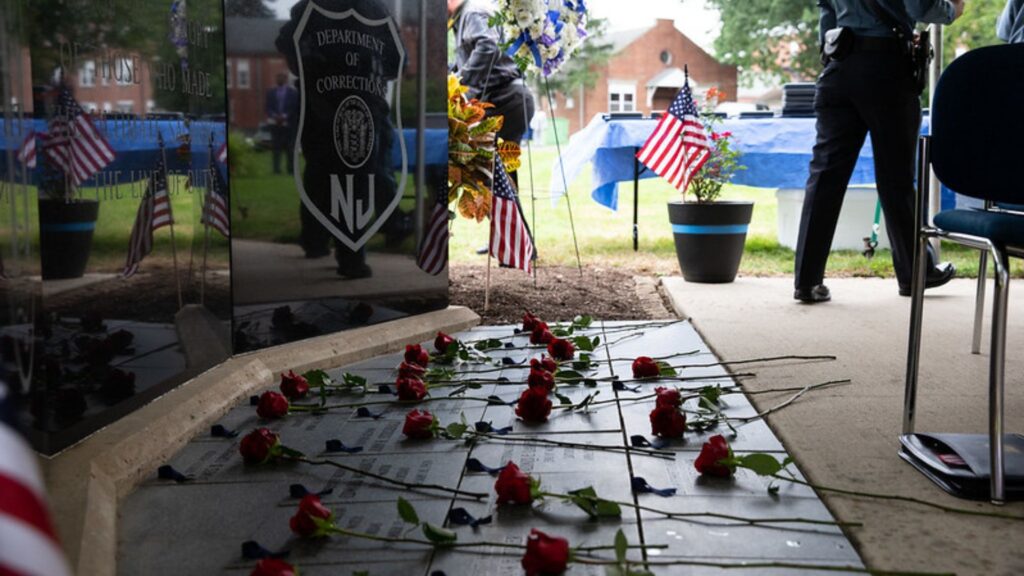
Exposure to Trauma and Violence
Like police officers, correctional officers work in settings with high risks of confrontation, violence, injury, and trauma.
Inmates may attack officers or engage in self harm. Correctional officers must be prepared to use force, restraints, pepper spray, and other measures to control violent outbursts.
They also witness devastating outcomes from violence and medical issues in the facilities, which can lead to post-traumatic stress.
Physical and Psychological Stress
Not unlike the stress of being a solider in the military. The nature of working in confined spaces with criminal offenders and mentally unstable individuals creates innate physical and psychological stresses.
Correctional officers endure things like:
- Mandatory overtime shifts
- Lack of schedule flexibility
- Insufficient staffing levels
- Minimal time off
These pressures contribute to emotional strain, fatigue, lack of work-life balance, and burnout.
Higher Risk of PTSD
Research shows that correctional officers suffer higher rates of PTSD compared to the general public.
A recent SLU study found an alarming problem:
Among correctional officers, 53% screened positive for PTSD, compared to 6.4%-7.8% in the general population.
Another study showed 31% of officers reported symptoms of depression.
These mental health risks result from the tense, confined, and dangerous nature of the job. Without proper support, many struggle with the lingering effects of stress and trauma that impact both them and their family.
Did You Know: The suicide rate among correctional officers is estimated to be seven times that of the national average for all professions in some states. Between 2010 and 2015, at least 20 corrections officers working for the Massachusetts Department of Correction (MADOC) died by suicide. The average suicide rate for MADOC corrections officers over this period was approximately 105 per 100,000.
Legal Precedent and Recognition as First Responders
Despite facing risks comparable to other first responder fields, correctional officers sometimes lack formal recognition and protections provided to professions like law enforcement, firefighting, and EMS.
However, there is legal precedent for classifying correctional officers as first responders in certain cases.
Trained to Respond Like Other First Responders
Correctional officers must complete state-approved academy training to earn certification. This typically includes:
- First aid
- CPR
- Defensive tactics
- Firearms
- Emergency response
These areas mirror first responder training for police, firefighters, paramedics, and others.
Correctional officers must pass exams and annual in-service training to maintain state certification. This further demonstrates their qualification to provide emergency, life-saving response.
Classified as Emergency Responders for Opioid Epidemic
During the opioid abuse epidemic, some states classified correctional officers as “emergency responders” to increase access to overdose reversal drugs like Naloxone.
For example, in 2017 Florida authorized all correctional officers to obtain and administer Naloxone, recognizing their frontline role in responding to overdoses.
Required to Pursue Escaped Convicts
If an inmate escapes from custody, correctional officers are mandated by law to pursue and apprehend the individual, like police officers.
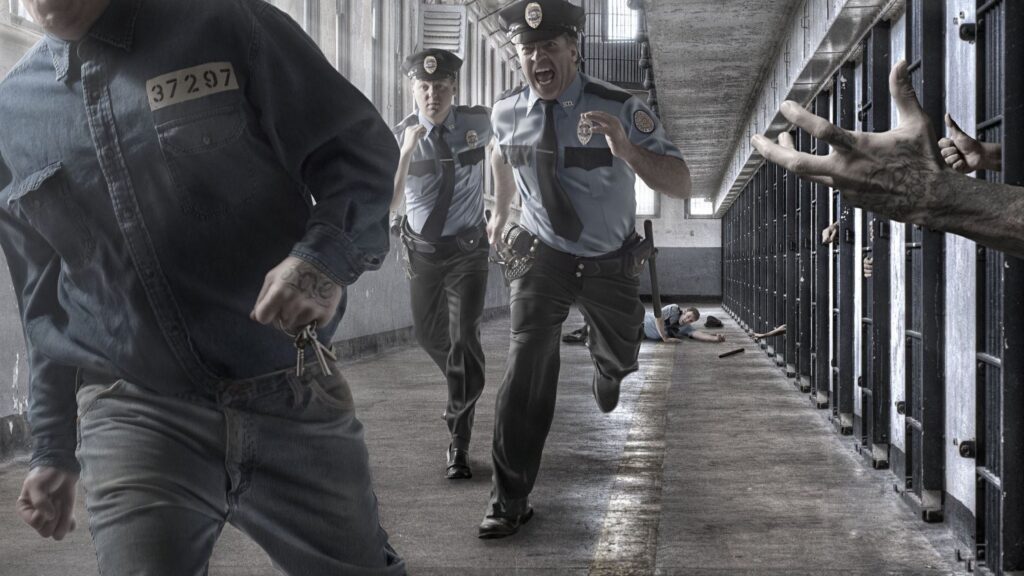
Under "escape pursuit" statutes, correctional officers have the authority to arrest and use reasonable force if needed during the pursuit. This demonstrates their legal authority to respond like law enforcement.
| State | Statute |
|---|---|
| Florida | 944.35 |
| California | 830.5 |
| New York | 140.25 |
This table shows examples of state laws authorizing correctional officers to pursue escaped inmates as peace officers.
The Push for Official Recognition and Rights
While progress has been made, correctional officers still lack consistent first responder recognition and rights nationwide.
As a result, advocacy efforts around legislation and awareness continue.
Bills to Classify as Peace Officers
One major initiative has been introducing state bills to classify correctional officers as "peace officers."
This designation would formally grant them rights such as:
- Carrying firearms both on and off duty
- Making warrantless arrests
- Issuing citations
In 2022, a bill was proposed in Florida to recognize correctional officers and probation officers as peace officers.
In Michigan, the corrections union has lobbied for similar laws. Classifying correctional officers as peace officers remains an ongoing goal.
Fighting for Access to Resources and Protections
Correctional officers have also advocated for equal access to mental health resources, workers compensation, disability benefits, and other support systems afforded to EMTs, firefighters, and other emergency responders.

For example, the First Responder Center for Excellence provides specialized training and resources tailored to the stressors facing correctional staff.
These initiatives aim to provide correctional officers the assistance they need and deserve as vital first responders.
Conclusion: Correctional Officers Serve a Vital Role as First Responders
The question remains in many jurisdictions whether correctional staff will receive formal recognition as first responders. But their duties and risks demonstrate that they serve a crucial public safety function.
Like other first responders, correctional officers directly save lives through emergency response in their community - prisons and jails. They courageously fulfill this role despite volatile conditions and numerous hazards.
While debate continues around official designation, the service of correctional officers emphasizes why they deserve consideration and support as brave first responders. Their profession epitomizes courage under fire.
Frequently Asked Questions
Q: Do correctional officers have police authority?
A: Correctional officers generally do not have full police powers and authority. However, they can make arrests under limited circumstances, such as if they witness a crime or are pursuing an escaped inmate. They have peace officer status in some jurisdictions.
Q: Do correctional officers carry guns?
A: Most correctional officers do not carry firearms within prison facilities, for safety reasons. Some carry firearms when transporting inmates outside facilities. And some states allow correctional officers to be armed both on and off duty.
Q: How long is correctional officer training?
A: Basic training for correctional officers typically ranges from 4-12 weeks. Officers must then complete regular in-service annual training to maintain state certification. Training includes first aid, CPR, firearms, and other defensive tactics.
Q: What are the risks of being a correctional officer?
A: Correctional officers face high risks of work-related injuries, illness, assaults, and stress-related conditions. The rate of PTSD among correctional officers is estimated to be more than 5 times higher than the general public. Heart disease, hypertension, and suicide also impact the profession.
Q: What are common correctional officer shifts?
A: Most correctional officers work extended shift schedules, typically 8, 10, or 12 hour shifts. Overtime and irregular shifts are also common. Many facilities require officers to be on call for possible mandatory overtime with little advance notice.
Q: How do you become a correctional officer?
A: Correctional officers must be a minimum of 18-21 years old depending on the state. They must have a high school diploma or GED and complete training at a state-approved corrections academy. They must then pass state certification exams to begin working as an officer.
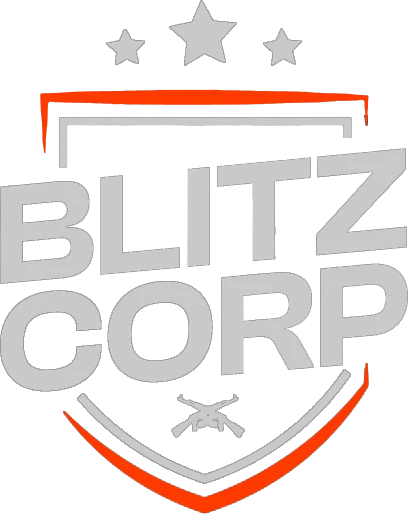

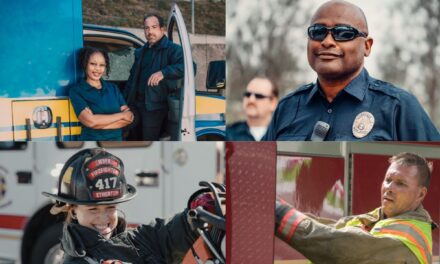

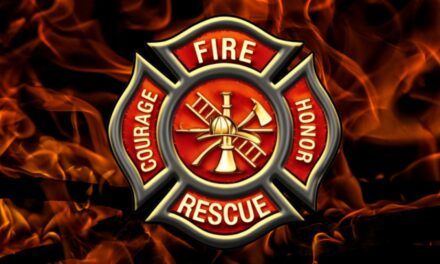
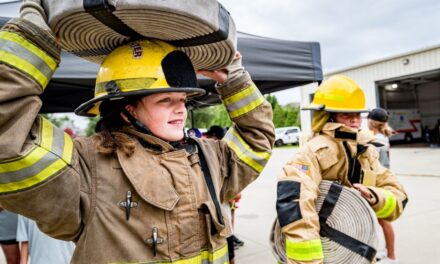





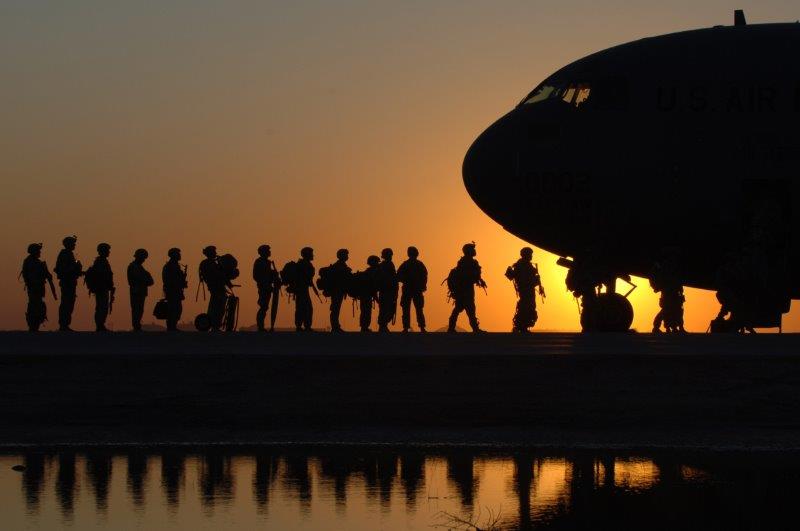
The Thin Silver Line Alliance
Presents
Florida Legal Precedents Defining Correctional Officers as First Responders
In 2023, on National Fentanyl Awareness Day (May 9th), Attorney General Ashley
Moody launched a new program to help fight the national opioid crisis. Flanked by first
responders in Clearwater, FL., Attorney General Moody announced Helping Heroes. This new
initiative will provide free naloxone to law enforcement, firefighters and paramedics at select
Walmart pharmacy locations across the state. Naloxone is a life-saving medication that quickly
reverses the effects of an opioid overdose. Helping Heroes will run now until 2033 through an
agreement between the Florida Attorney General’s Office and Walmart. Any Florida agency that
employs licensed emergency responders may apply to Helping Heroes. According to the Helping
Heroes program launched and endorsed by Attorney General Moody, “licensed emergency
responders include law enforcement officers, firefighters, paramedics, correctional officers and
correctional-probation officers” (Florida Attorney General Ashley Moody, 2023).
The Thin Silver Line Alliance©
In 2020, HEROS (Helping Emergency Responders Obtain Support) a Florida Health
program was endorsed by Governor DeSantis and State Surgeon General Joseph A. Ladapo, MD,
PhD and provides free naloxone to emergency response agencies. Since the inception of the
program in 2018, over 500,000 doses have been provided through the HEROS program to 385
emergency response agencies in Florida. Any Florida agency that employs licensed emergency
responders may apply to the HEROS program online. According to the Governor endorsed
Florida Health Department program, “licensed emergency responders include law enforcement
officers, firefighters, emergency medical technicians or paramedics, correctional officers and
correctional probation officers as defined in Florida Statutes” (Florida Department of Health,
2020).
In 2023, according to lines 46-51 in HB 101 Homestead Exemption for First
Responders (2023 Session) “the term “First responder” means a federal law enforcement officer
as defined in s. 901.1505(1), a law enforcement officer or correctional officer as defined in s.
943.10, a firefighter as defined in s. 633.102, or an emergency medical technician or paramedic
as defined in s. 401.23 who is a full-time paid employee, part-time paid employee, or unpaid
volunteer.”
In 2023, according to lines 47-52 in SB 184 Homestead Exemption for First
Responders (2023 Session) “the term “First responder” means a federal law enforcement officer
as defined in s. 901.1505(1), a law enforcement officer or correctional officer as defined in s.
943.10, a firefighter as defined in s. 633.102, or an emergency medical technician or paramedic
as defined in s. 401.23 who is a full-time paid employee, part-time paid employee, or unpaid
volunteer.”
The Thin Silver Line Alliance©
In 2022, according to lines 137-139 in HJR 1: Additional Homestead Property Tax
Exemption for Specified Critical Public Service Workforce “the term “first responder” means
a law enforcement officer, a correctional officer, a firefighter, an emergency medical technician,
or a paramedic.”